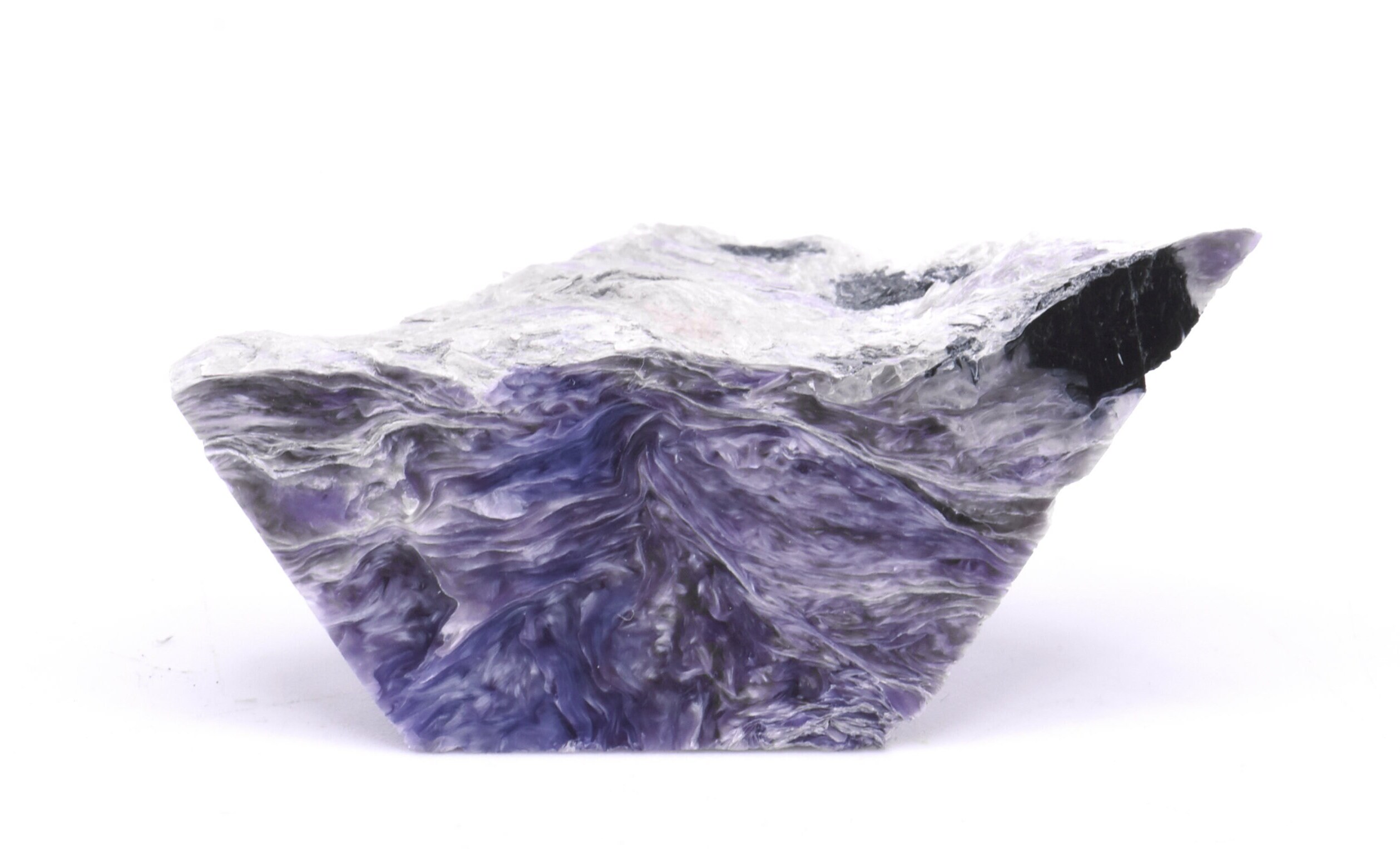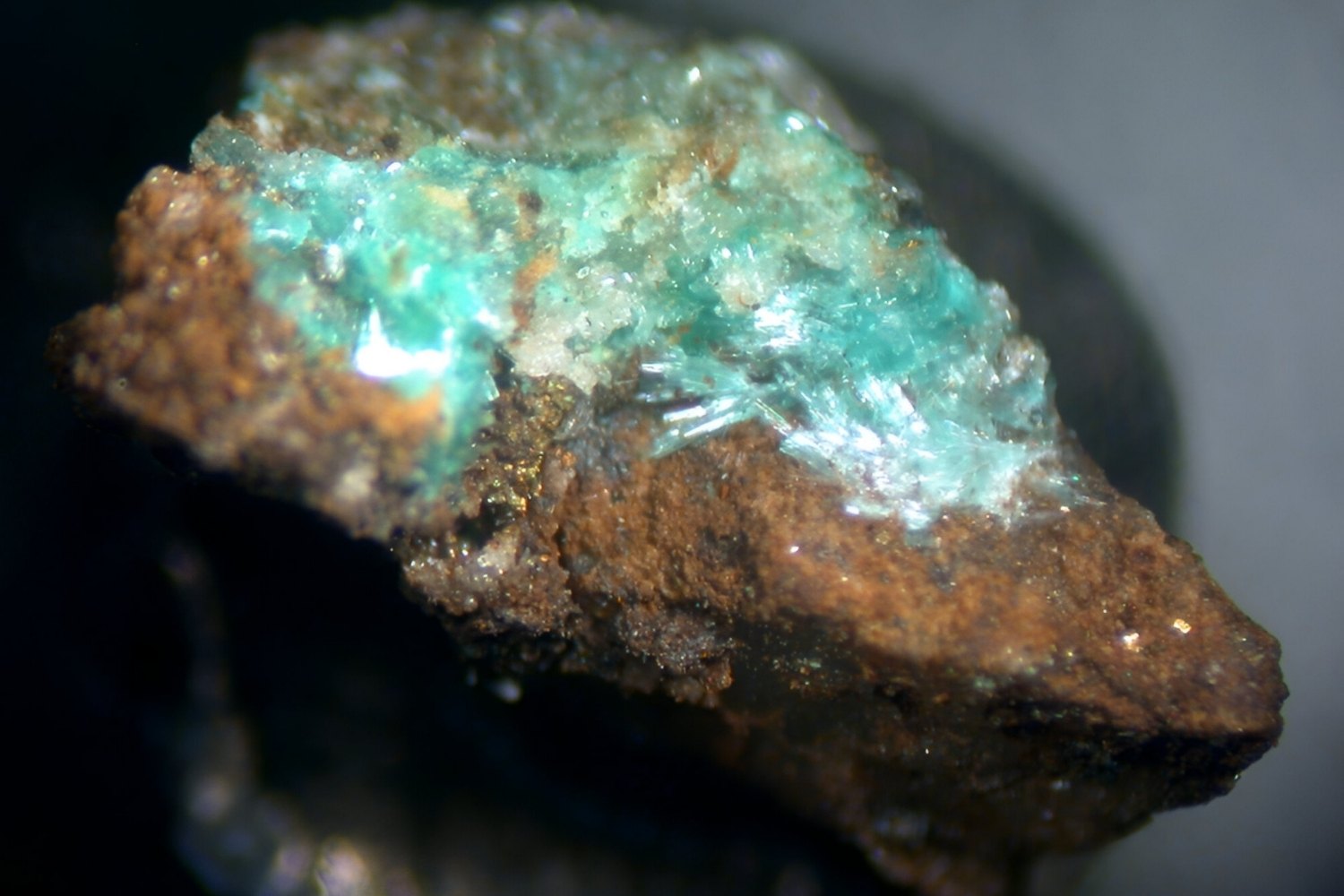
Canasite is a rare mineral that captures the curiosity of geologists and gem enthusiasts alike. Found primarily in Russia, this intriguing mineral boasts a unique combination of elements like calcium, sodium, and potassium. Its striking appearance, often showcasing shades of green and blue, makes it a visual delight. But what makes Canasite truly special? Canasite is not just a pretty face; it has fascinating properties and a rich history that dates back to its discovery in the 20th century. Whether you're a seasoned rock collector or a curious newbie, these 30 facts about Canasite will give you a deeper appreciation for this captivating mineral. Ready to dive in? Let's get started!
Key Takeaways:
- Canasite is a rare, beautiful mineral with unique properties, used in gemstones and geological research. It's found in Russia, Canada, Norway, and Greenland, often alongside other rare minerals like loparite and eudialyte.
- Canasite's chemical composition and physical properties make it a fascinating subject for ongoing scientific research, offering potential uses in industrial applications and educational settings. Its rarity also makes it a prized collector's item for mineral enthusiasts.
What is Canasite?
Canasite is a rare mineral that many people might not have heard of. It has unique properties and an interesting history. Let's dive into some fascinating facts about this intriguing mineral.
-
Canasite is a silicate mineral that contains potassium, sodium, calcium, and iron.
-
It was first discovered in 1935 in the Khibiny Massif, located in Russia.
-
The mineral is named after the Canas River in Russia, near where it was first found.
-
Canasite typically forms in alkaline igneous rocks.
-
It has a glassy to pearly luster, making it quite attractive.
-
The mineral's color ranges from colorless to pale yellow, sometimes with a hint of green.
Physical Properties of Canasite
Understanding the physical properties of Canasite can help in identifying and studying it. Here are some key characteristics.
-
Canasite has a hardness of 5-6 on the Mohs scale, similar to that of glass.
-
It has a specific gravity of about 2.8, which is considered average for minerals.
-
The mineral exhibits perfect cleavage in one direction, which means it splits easily along one plane.
-
Canasite is translucent to transparent, allowing light to pass through it to some extent.
-
It has a hexagonal crystal system, meaning its crystals form in a six-sided shape.
-
The mineral's streak (the color of its powder) is white.
Chemical Composition of Canasite
The chemical makeup of Canasite is quite complex, involving several elements. Here are some details.
-
Canasite's chemical formula is KNaCa2(Si4O10)F.
-
It contains fluorine, which is relatively uncommon in silicate minerals.
-
The presence of potassium and sodium gives it unique properties compared to other minerals.
-
Canasite can sometimes contain trace amounts of titanium and manganese.
-
The mineral's composition can vary slightly depending on its geological environment.
Uses and Applications of Canasite
While not widely known, Canasite has some interesting uses and applications. Let's explore them.
-
Canasite is sometimes used as a gemstone due to its attractive appearance.
-
Its unique properties make it a subject of interest for geological research.
-
The mineral can be used in educational settings to teach about silicate minerals.
-
Canasite is also studied for its potential use in industrial applications.
-
It can be a collector's item for mineral enthusiasts due to its rarity.
Where Can You Find Canasite?
Finding Canasite can be a challenge due to its rarity. Here are some places where it has been discovered.
-
The primary source of Canasite is the Khibiny Massif in Russia.
-
It has also been found in the Lovozero Massif, another location in Russia.
-
Small amounts of Canasite have been discovered in Canada.
-
There are reports of Canasite occurrences in Norway.
-
Some samples have been found in Greenland.
Interesting Facts About Canasite
Here are some additional intriguing tidbits about Canasite that you might find interesting.
-
Canasite is often associated with other rare minerals like loparite and eudialyte.
-
The mineral's name was officially approved by the International Mineralogical Association.
-
Canasite's unique properties make it a subject of ongoing scientific research.
The Final Word on Canasite
Canasite, a rare mineral, holds a unique place in the world of geology. Found primarily in Russia, this mineral's striking green color and fibrous structure make it a standout. Its composition includes elements like sodium, calcium, and iron, contributing to its distinct characteristics. While not widely known, canasite has intrigued scientists and collectors alike due to its rarity and beauty. Understanding its properties and origins adds a fascinating layer to the study of minerals. Whether you're a geology enthusiast or just curious about the natural world, canasite offers a glimpse into the Earth's diverse and intricate makeup. So next time you come across a green, fibrous mineral, you might just be looking at a piece of canasite, a small but captivating part of our planet's geological story.
Frequently Asked Questions
Was this page helpful?
Our commitment to delivering trustworthy and engaging content is at the heart of what we do. Each fact on our site is contributed by real users like you, bringing a wealth of diverse insights and information. To ensure the highest standards of accuracy and reliability, our dedicated editors meticulously review each submission. This process guarantees that the facts we share are not only fascinating but also credible. Trust in our commitment to quality and authenticity as you explore and learn with us.


